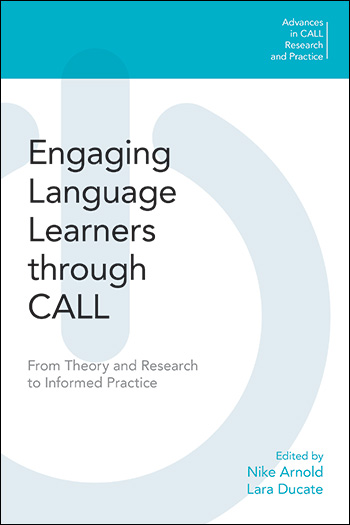Technology-Assisted Pronunciation Training
Bridging Research and Pedagogy
Jonás Fouz-González [+–]
Universidad de Murcia
View Website
Jonás Fouz-González holds a PhD in English Applied Linguistics. He is a lecturer and researcher in the Department of Didactics of Language and Literature at University of Murcia (Spain), where he teaches courses in English Phonetics and Pronunciation Teaching as well as several EFL modules. He has published in journals such as Language Learning & Technology, Computer Assisted Language Learning, ReCALL, Studies in Second Language Acquisition, RELC Journal, and ELT Journal. He is also co-editor (with Jose A. Mompean) of Investigating English Pronunciation: Trends and Directions (Palgrave Macmillan) and (with Anastazija Kirkova-Naskova and Alice Henderson) of English Pronunciation Instruction: Research-based Insights (John Benjamins). His research interests include computer-assisted pronunciation training, L2 speech learning and pronunciation teaching, and English phonetics and phonology.
Technology-Assisted Pronunciation Training: Bridging Research and Pedagogy presents a wide-ranging and in-depth, contemporary look at technology-assisted pronunciation training. The volume offers a comprehensive and up-to-date critical review of the field of Computer-Assisted Pronunciation Training (CAPT), linking the main findings from the field of CAPT with the literature on pronunciation pedagogy. In addition, it offers a range of tips and strategies for an effective implementation of technology for pronunciation training, considering the perspectives of both teachers and students.
The volume places special emphasis on innovative ways in which different technologies have been and can be used to teach and train pronunciation, such as social media, podcasting, mobile applications, and games or augmented reality. After a critical analysis of the methods and techniques employed in CAPT studies, the author presents a methodological framework for conducting rigorous, valid, reliable, and pedagogically relevant research in CAPT. Finally, considering the main trends that CAPT has explored and the findings obtained in English as a second or foreign language and in the teaching of other second or foreign languages, the author puts forward a number of recommendations and avenues worth exploring in future research.
In its wide-ranging, state-of-the art coverage of the ways in which technology has been and can be used to train pronunciation, this book should attract the attention of all those with an interest in pronunciation and in language learning and teaching more generally. The audience for the volume thus includes not only anyone teaching pronunciation in a second or foreign language or conducting research on pronunciation training, but also trainers and supervisors of L2 speakers – and potentially language learners themselves. It will also be of considerable interest to those developing technologies and curriculum for language teaching and learning with a focus on pronunciation.







